High blood pressure, also known as hypertension, is one of the most pervasive chronic conditions worldwide, affecting over one billion individuals. Often called the “silent killer,” hypertension typically progresses without symptoms, increasing the risk of heart attack, stroke, kidney disease, and other serious complications. For those wondering whether high blood pressure can be managed without pharmaceuticals, the good news is that a growing body of scientific evidence supports lifestyle-based strategies as effective first-line interventions. These natural methods not only address the root causes of hypertension but also promote holistic well-being. In this article, we explore the most effective, research-backed approaches to reduce blood pressure naturally, empowering readers with practical knowledge and tools to reclaim control over their car
You may also like: 4 Ways to Have a Healthy Diet: Expert Tips Backed by Science for Better Nutrition and Long-Term Wellness
Understanding the Foundations of Blood Pressure Regulation
Before diving into specific techniques, it’s important to understand what regulates blood pressure in the body. Blood pressure is influenced by a variety of factors including vascular resistance, blood volume, and cardiac output. These physiological parameters are tightly modulated by lifestyle choices, such as diet, physical activity, stress management, sleep quality, and substance use. For those seeking answers to the question, “Can hypertension be reversed?” the answer is that in many cases, early-stage high blood pressure can indeed be normalized or significantly improved through targeted lifestyle changes. This does not mean discontinuing prescribed medications without medical supervision, but it highlights the body’s remarkable potential to heal when provided with the right support.
The Power of Diet: Choosing Foods That Lower Blood Pressure
Among the most effective natural ways to lower blood pressure is adopting a dietary pattern that supports cardiovascular health. The Dietary Approaches to Stop Hypertension (DASH) diet has consistently ranked as one of the best-evidenced nutritional strategies for this purpose. It emphasizes whole grains, fruits, vegetables, low-fat dairy, and lean protein sources, while minimizing sodium, added sugars, and saturated fats. Specifically, potassium-rich foods like bananas, sweet potatoes, spinach, and avocados help balance sodium levels in the body and ease tension in blood vessel walls.
In fact, many individuals want to know what foods help with high blood pressure or even which foods that lower blood pressure immediately. While no food can instantaneously normalize blood pressure, certain choices have measurable short-term effects. For example, leafy greens like arugula and kale are high in nitrates, which convert into nitric oxide and promote vasodilation. Similarly, beets and beet juice have shown promise in reducing systolic bloo
d pressure within hours of consumption. These are not magic bullets, but consistent inclusion of foods that lower your blood pressure instantly in the context of a balanced diet can create cumulative improvements.
One particularly viral claim involves the concept of “1 food that kills high blood pressure,” often referring to garlic. While the phrase may be sensationalized, garlic does contain allicin, a compound with vasodilatory and anti-inflammatory properties. Clinical trials have shown that garlic supplementation can lower both systolic and diastolic pressure, making it a credible option among high blood pressure natural remedies.
Sodium, on the other hand, remains a critical element to moderate. Reducing sodium intake to under 2,300 mg per day—and ideally closer to 1,500 mg for sensitive individuals—is widely endorsed as a proven way to get blood pressure down. Processed foods, canned soups, frozen meals, and fast foods are major contributors to excessive sodium consumption. Cooking at home and using herbs instead of salt can support sustainable reductions.
Hydration also plays a supporting role. Dehydration can cause blood vessels to constrict, leading to higher blood pressure. Ensuring adequate water intake throughout the day aids in maintaining vascular elasticity and appropriate blood volume.
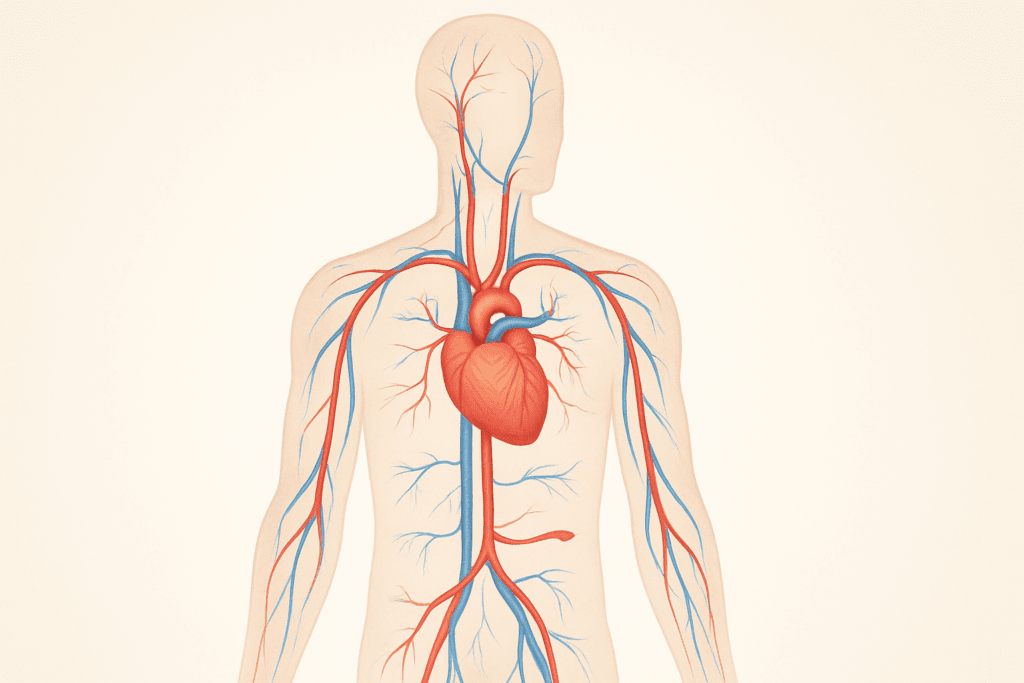
Exercise: A Cornerstone of Cardiovascular Regulation
Regular physical activity remains one of the most potent and immediate lifestyle tools for how to lower blood pressure fast. Exercise helps condition the heart, reduce arterial stiffness, lower resting heart rate, and promote the release of endorphins and nitric oxide, all of which support optimal blood pressure levels.
Aerobic exercise, such as brisk walking, swimming, cycling, and dancing, has been particularly well studied. Engaging in moderate-intensity aerobic activity for at least 30 minutes most days of the week can lead to sustained reductions in both systolic and diastolic pressure. Resistance training also contributes, especially when combined with aerobic modalities.
For those wondering how to lower blood pressure quickly, even short bursts of activity can have immediate effects. A 10-minute walk after meals can blunt postprandial blood pressure spikes. Incorporating more movement throughout the day—taking the stairs, standing up during phone calls, or using a walking desk—helps create a dynamic metabolic environment that resists hypertension.
In cases where individuals cannot perform high-impact exercise, low-impact options like tai chi and yoga offer gentle yet effective alternatives. These practices not only promote physical activity but also support relaxation and parasympathetic nervous system activation.
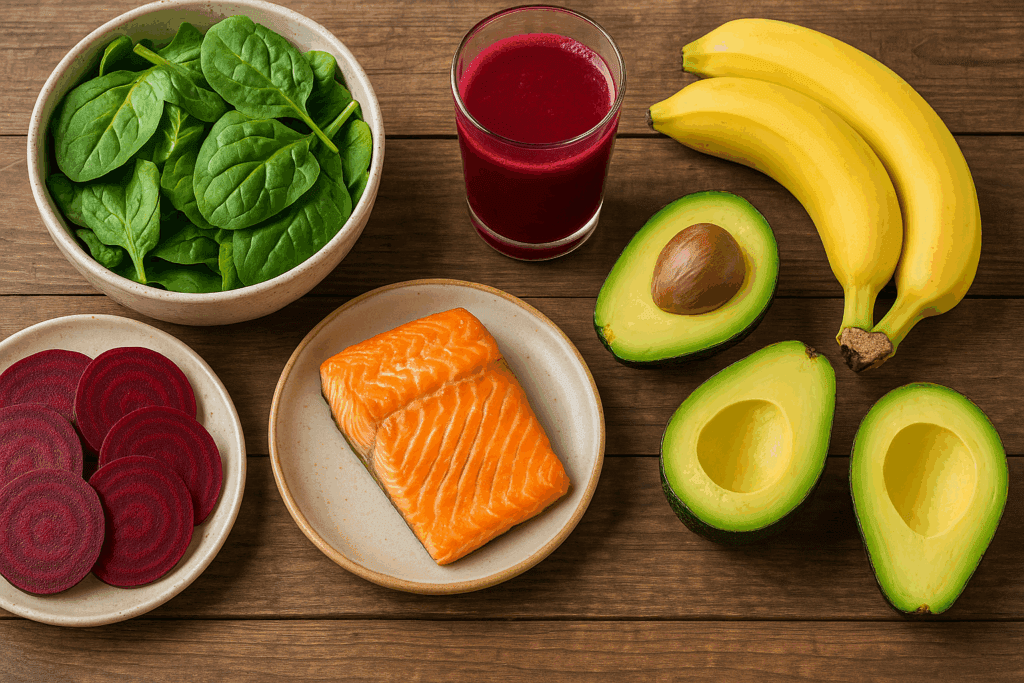
Stress Management: Taming the Silent Agitator
Chronic stress is an often overlooked but significant contributor to elevated blood pressure. When the body remains in a heightened sympathetic state, hormones like cortisol and adrenaline keep the heart rate elevated and blood vessels constricted. Over time, this can lead to structural and functional changes that increase hypertension risk.
One of the most impactful natural remedies for hypertension is learning to downshift from a state of sympathetic dominance to one of calm. Techniques such as diaphragmatic breathing, progressive muscle relaxation, guided meditation, and mindfulness-based stress reduction have been shown to lower systolic blood pressure and improve overall well-being.
For those asking how to lower blood pressure naturally, addressing mental and emotional health is just as vital as physical interventions. Engaging in enjoyable hobbies, spending time in nature, journaling, and practicing gratitude can all serve as protective factors. In some cases, talk therapy or support groups may be valuable for those facing chronic psychological stress.
Sleep: The Underestimated Regulator
Poor sleep is both a cause and consequence of high blood pressure. Sleep deprivation disrupts hormonal balance, impairs vascular repair mechanisms, and increases sympathetic nervous system activity. Ensuring consistent, quality sleep is therefore one of the more underappreciated yet powerful ways to lower blood pressure.
Strategies for improving sleep hygiene include maintaining a consistent sleep-wake schedule, limiting screen exposure before bed, avoiding stimulants like caffeine late in the day, and creating a cool, dark, and quiet sleeping environment. Certain foods that lower blood pressure, such as tart cherries or kiwis, have also been associated with improved sleep quality due to their natural melatonin content.
In some individuals, conditions like obstructive sleep apnea can significantly elevate blood pressure. If symptoms such as loud snoring, daytime fatigue, or observed breathing pauses during sleep are present, a sleep study may be warranted. Treating underlying sleep disorders can produce significant improvements in blood pressure control.
Weight Loss and Body Composition
Excess weight is a major risk factor for hypertension. Carrying extra adipose tissue, particularly around the abdomen, increases insulin resistance, systemic inflammation, and mechanical pressure on blood vessels. Fortunately, even modest weight loss—as little as 5% of total body weight—has been shown to produce meaningful drops in blood pressure.
For individuals searching how to get blood pressure down without relying on medication, a combination of calorie-controlled nutrition, regular exercise, and mindful eating practices is often effective. Unlike crash diets, sustainable approaches focus on long-term behavioral change, satiety-focused meals, and cultivating a healthy relationship with food.
Interestingly, some wonder, “Does not eating lower blood pressure?” While intermittent fasting has been studied for its potential metabolic benefits, it is not recommended to skip meals indiscriminately, especially in those with blood sugar instability. Instead, structured fasting under medical guidance may support some individuals in improving blood pressure alongside other biomarkers.
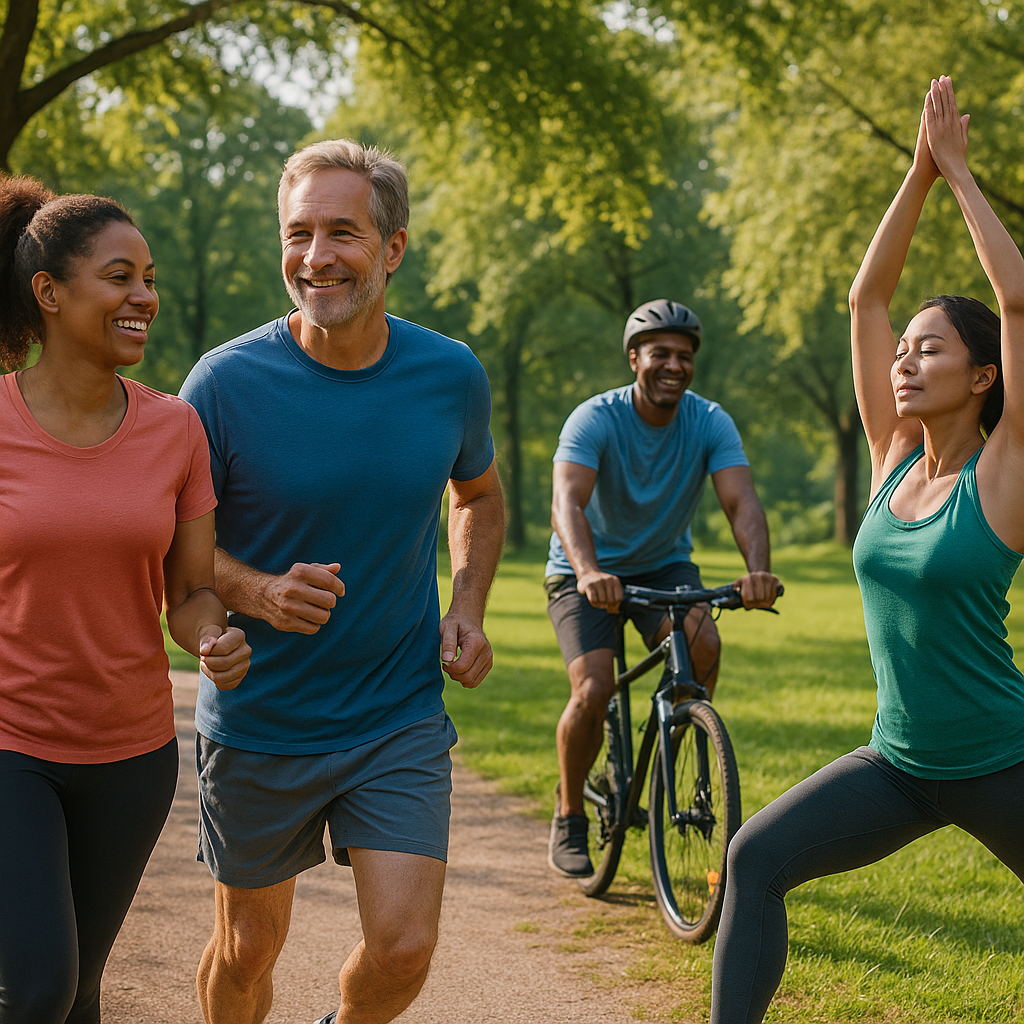
Avoiding Tobacco and Limiting Alcohol
Nicotine is a potent vasoconstrictor, and smoking is strongly associated with elevated blood pressure and cardiovascular risk. Quitting smoking is one of the most important decisions for overall health and an essential component of how to lower high blood pressure. Within just a few hours of cessation, blood pressure begins to normalize, and long-term abstinence reduces arterial damage.
Alcohol, while sometimes promoted for cardiovascular benefits in moderation, can have complex effects. In small quantities, particularly red wine, alcohol may promote vasodilation. However, excessive intake raises blood pressure, contributes to weight gain, and impairs sleep quality. The American Heart Association recommends no more than one drink per day for women and two for men.
For those relying on alcohol to cope with stress, finding alternative coping mechanisms is essential. Herbal teas, adaptogens like ashwagandha, or guided relaxation exercises can provide gentler ways to unwind without the hemodynamic consequences.
Supplements and Herbal Approaches
Many individuals explore blood pressure natural remedies in the form of supplements or herbal preparations. While these should never replace medical therapy without physician oversight, several have shown promise in the literature. For instance, omega-3 fatty acids from fish oil can reduce vascular inflammation and lower both systolic and diastolic readings.
Magnesium, a mineral involved in over 300 biochemical reactions, plays a key role in vascular tone. Supplementation in deficient individuals has led to reductions in blood pressure, particularly when combined with potassium and calcium.
Coenzyme Q10 (CoQ10), an antioxidant found in every cell, supports mitochondrial energy production and has been studied for its vasodilatory effects. Similarly, hibiscus tea, which contains polyphenols and anthocyanins, has demonstrated blood pressure-lowering properties in several trials.
The use of natural medication to lower blood pressure should always be approached with caution, particularly regarding potential interactions with prescribed medications. Consulting a qualified healthcare provider or integrative medicine specialist can help tailor a safe and effective plan.
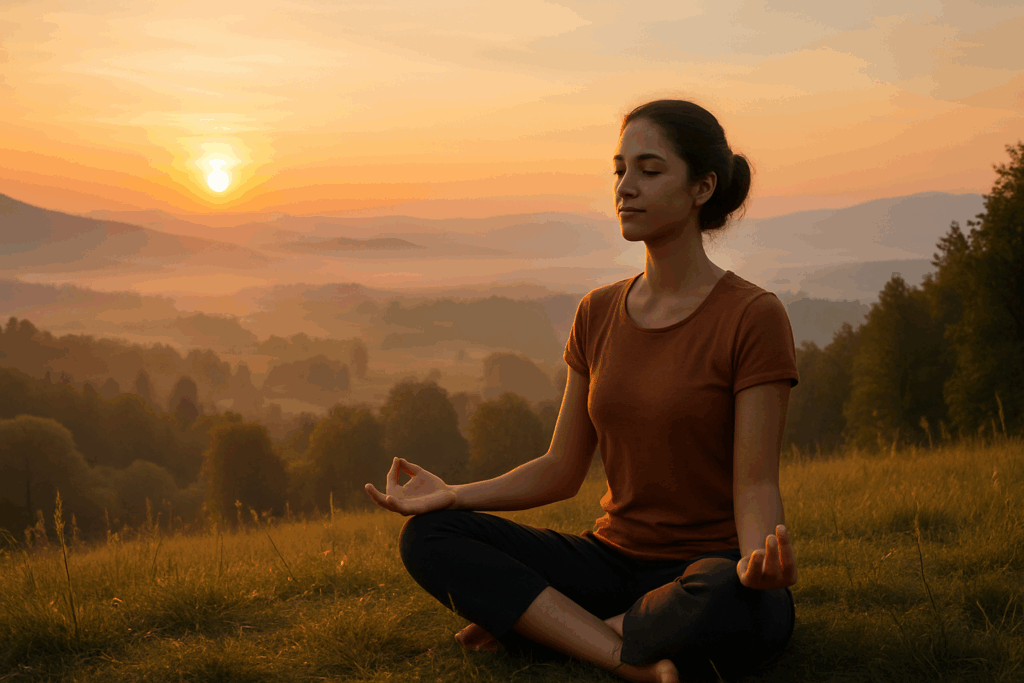
Environmental and Social Influences
The social determinants of health—including socioeconomic status, community support, and access to nutritious food—play a powerful role in blood pressure regulation. Food deserts, job insecurity, and chronic stress related to discrimination or financial instability can all contribute to persistent hypertension.
Creating supportive environments at home and in the community can make natural approaches to blood pressure more accessible and sustainable. This may involve advocating for healthier school lunches, workplace wellness programs, or city planning that promotes walkable neighborhoods.
On an individual level, maintaining social connections and participating in group activities can buffer stress and reduce cardiovascular risk. Strong social ties have been associated with lower resting blood pressure, healthier behaviors, and greater resilience in the face of illness.
Understanding the Role of Systolic Pressure
Systolic blood pressure, the top number in a blood pressure reading, represents the force your heart exerts when pumping blood into the arteries. Elevated systolic readings are more strongly associated with cardiovascular events in older adults, although high systolic pressure at any age is cause for concern.
Learning how to lower systolic blood pressure naturally requires attention to the cumulative impact of diet, exercise, stress management, and vascular health. Foods high in nitrates, such as beets and spinach, support vasodilation. Aerobic training improves arterial compliance, while mindfulness practices help reduce central blood pressure.
Tracking systolic pressure over time can reveal how lifestyle changes are affecting cardiovascular health. Home blood pressure monitoring, when performed consistently and accurately, offers insights that empower individuals to make informed decisions and collaborate effectively with healthcare providers.
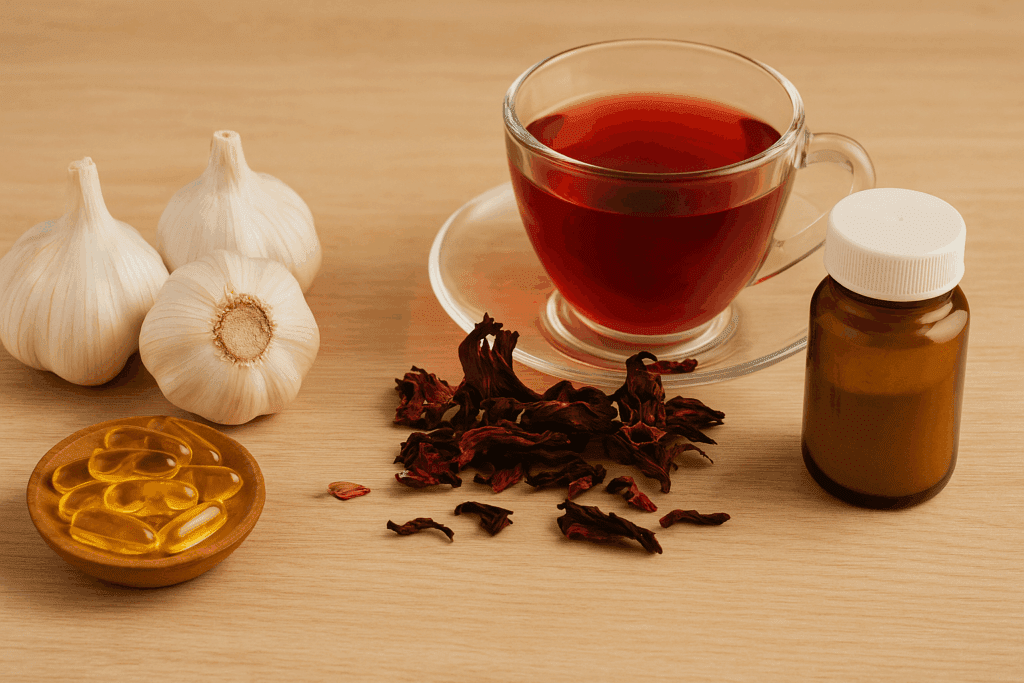
Frequently Asked Questions: Natural Ways to Lower Blood Pressure
1. Can hypertension be reversed without relying on long-term medication?
In some cases, yes—especially when high blood pressure is identified early and addressed through consistent lifestyle changes. While not all forms of hypertension are reversible, there are natural ways to lower blood pressure that can significantly reduce reliance on pharmaceutical intervention. The key lies in long-term adherence to a heart-healthy diet, stress reduction strategies, regular physical activity, and avoiding high-sodium, processed foods. For some individuals, particularly those with secondary hypertension caused by reversible conditions like sleep apnea or certain medications, removing the underlying trigger can effectively reverse elevated blood pressure. However, always consult a physician before tapering or discontinuing any prescribed medication.
2. What are the best natural remedies for hypertension that go beyond diet and exercise?
Beyond diet and physical activity, natural remedies for hypertension include practices that support nervous system regulation and vascular health. Mindfulness-based stress reduction, acupuncture, and biofeedback therapy have all shown promise in clinical trials for blood pressure management. Herbal treatments such as hawthorn, garlic extract, and omega-3-rich flaxseed oil are also being researched for their ability to support healthy circulation. Exploring natural medication to lower blood pressure should always be done under medical supervision, particularly since some herbs may interact with prescription drugs. These complementary therapies offer additional tools in the broader conversation about how to lower blood pressure naturally and holistically.
3. How can I lower my blood pressure if I have very little time during the day?
For busy individuals, learning how to lower blood pressure quickly and sustainably may require creative time management. Incorporating short bursts of moderate exercise—like brisk 10-minute walks or stair climbs—throughout the day can cumulatively help reduce systolic pressure. Deep breathing exercises, even for just five minutes, can shift the body into a parasympathetic state and begin to lower stress-induced spikes. Hydration, low-sodium snacks, and avoiding caffeine during high-stress hours also count among practical ways to lower blood pressure. While these techniques may not replace a full lifestyle overhaul, they are effective entry points for those wondering how to lower blood pressure fast in a hectic routine.
4. Are there any foods that lower your blood pressure instantly?
Though no food acts as an “on/off switch,” certain nutrient-dense foods can have a near-immediate impact on vascular tone. Leafy greens, rich in potassium and nitrates, can begin improving blood flow within hours. Beets, watermelon, and pomegranate are also foods that lower blood pressure immediately due to their vasodilating effects. For those seeking 1 food that kills high blood pressure, studies suggest that a single serving of nitrate-rich beet juice may lower systolic pressure within just a few hours. However, consistent inclusion of foods that lower bp immediately is more effective than isolated meals, as cumulative dietary patterns shape long-term cardiovascular health.
5. What role does sleep play in blood pressure regulation?
Quality sleep is a foundational yet often overlooked factor in how to get blood pressure down naturally. Chronic sleep deprivation activates the sympathetic nervous system, increasing the release of cortisol and elevating blood pressure levels. Individuals who sleep fewer than six hours a night are more likely to experience resistant hypertension, even when diet and exercise are optimized. Sleep apnea, in particular, is both a cause and consequence of hypertension and should be professionally evaluated if suspected. Incorporating sleep hygiene techniques may not seem like one of the more direct ways to lower blood pressure, but its impact can be substantial and lasting.
6. How to lower systolic blood pressure specifically, rather than just overall BP?
Systolic blood pressure, the top number in a reading, is a more accurate predictor of cardiovascular events in older adults. Targeting it specifically involves understanding how arterial stiffness and endothelial dysfunction contribute to its elevation. High-intensity interval training (HIIT), omega-3 fatty acids, and magnesium-rich foods are particularly beneficial for how to lower systolic blood pressure effectively. Unlike diastolic pressure, systolic values are more sensitive to stress, so mindfulness practices and consistent hydration also help. For those wondering how to lower bp naturally, especially systolic elevation, combining aerobic activity with anti-inflammatory nutrition yields promising results.
7. Is intermittent fasting an effective way to lower high blood pressure?
Emerging research suggests that intermittent fasting may support metabolic improvements that affect vascular health. Time-restricted eating can enhance insulin sensitivity and reduce systemic inflammation, both of which are linked to how to lower high blood pressure. Interestingly, some studies show that fasting also helps the body eliminate excess sodium and water, contributing to lower volume load on the heart. While intermittent fasting isn’t a universal solution, it represents one of the more novel natural ways to lower blood pressure for individuals who respond well to structured eating windows. However, does not eating lower blood pressure for everyone? Not necessarily—it depends on baseline metabolic health and individual response.
8. Are there psychological tools that influence how to immediately lower blood pressure in stressful moments?
Yes, psychological regulation can have powerful, immediate effects on blood pressure. Techniques such as paced breathing, progressive muscle relaxation, or visualization exercises can help how to lower blood pressure instantly during acute stress. In fact, heart rate variability (HRV) biofeedback, which trains individuals to control physiological arousal through breath and cognition, is increasingly used in clinical settings. Understanding what lowers blood pressure from a neurological standpoint adds a layer of depth to traditional strategies. For example, redirecting attention from external pressures to internal states through meditation can support those wondering how to lower bp immediately in tense environments.
9. What are some overlooked foods that lower blood pressure but aren’t widely talked about?
While bananas and spinach are well-known, there are lesser-known foods that lower blood pressure with impressive nutritional profiles. Swiss chard, for example, is rich in magnesium and potassium. Hibiscus tea contains anthocyanins that act as natural calcium channel blockers. Fermented foods like kimchi and kefir support gut microbiota, which in turn can modulate inflammatory markers linked to hypertension. These examples expand the list of foods that lower blood pressure naturally, especially for those looking for high blood pressure natural remedies that go beyond the usual suspects. Eating a variety of nutrient-rich, anti-inflammatory foods good for blood pressure contributes to long-term control.
10. If someone is already on medication, can natural interventions still make a difference?
Absolutely. For those taking antihypertensive drugs, natural remedies for hypertension can complement medical treatment and may even enhance its effectiveness. Practicing how to lower blood pressure naturally does not mean replacing medication but rather creating a supportive environment for it to work more efficiently. By integrating natural ways to lower blood pressure—such as physical activity, stress reduction, and foods that lower your blood pressure instantly—patients often see better blood pressure trends over time. This dual approach is also crucial for individuals exploring how to reduce high blood pressure without increasing their pharmaceutical burden. Coordination with a healthcare provider ensures safe, synergistic outcomes in managing this chronic condition.
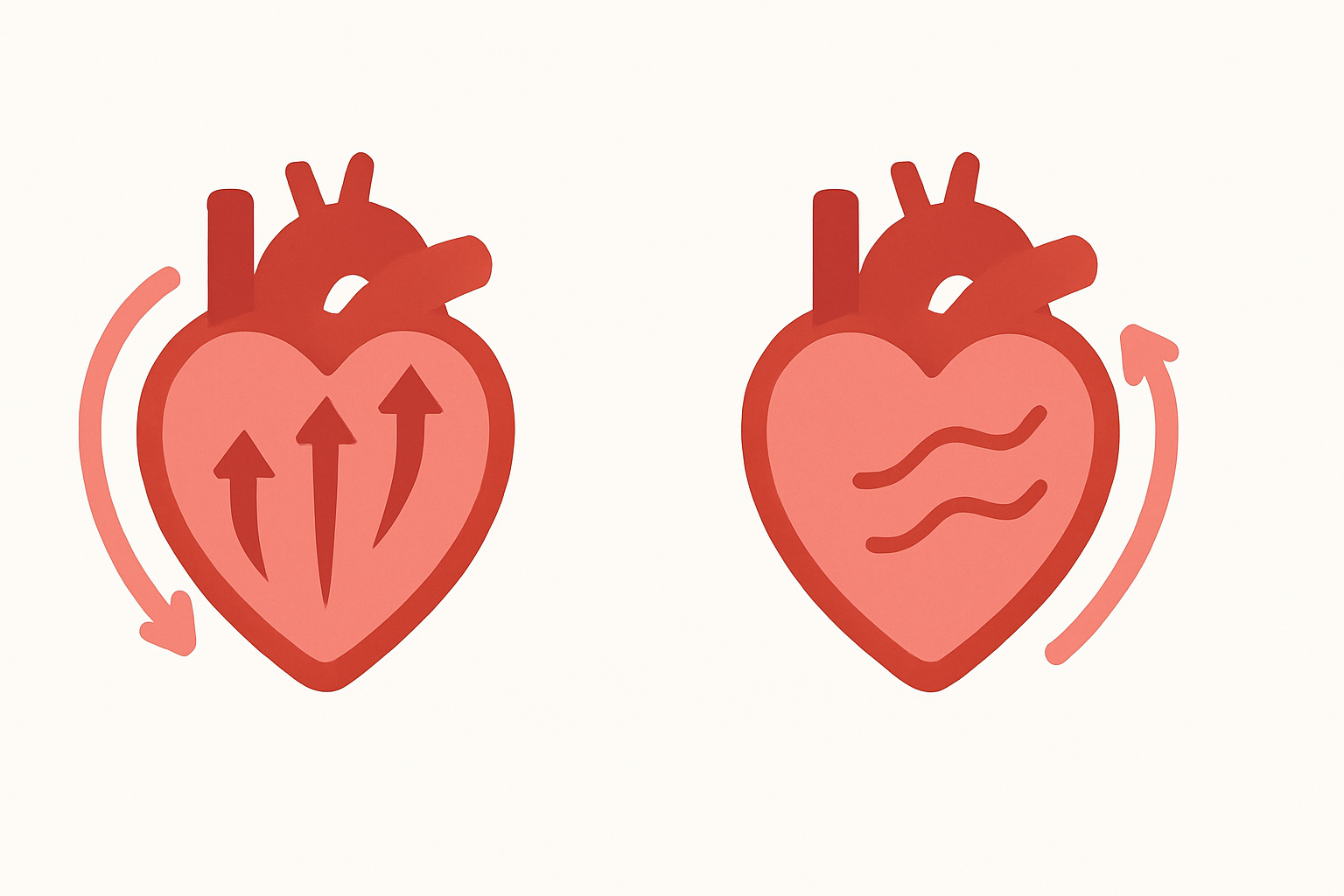
Conclusion: Reclaiming Control Through Natural Blood Pressure Solutions
For anyone seeking sustainable, evidence-based strategies for how to lower blood pressure naturally, the path forward is both empowering and achievable. While medication plays a critical role for many individuals, there are numerous proven lifestyle interventions that serve as powerful tools for prevention and management. Whether you are looking for ways to lower blood pressure through nutrition, wondering how to lower bp immediately during stressful moments, or exploring natural remedies for hypertension that align with your personal values, the most important takeaway is that change is possible.
This journey is not about quick fixes or silver bullets, but about building habits that nourish every system of the body. From integrating foods that lower blood pressure immediately to cultivating daily movement, mindful relaxation, and restorative sleep, the synergistic effect of these efforts can yield lasting improvements. The science confirms it, and personal stories validate it: many people have asked, “How can I lower my blood pressure without drugs?” and have found real, measurable success.
By applying these natural ways to lower blood pressure with consistency, curiosity, and support, you can reduce your risk of complications, increase your vitality, and live more fully. The question is not only “Can hypertension be reversed?” but rather, “What does it take for me to thrive?” The answers lie in your everyday choices—and in the transformative power of informed, intentional living.


